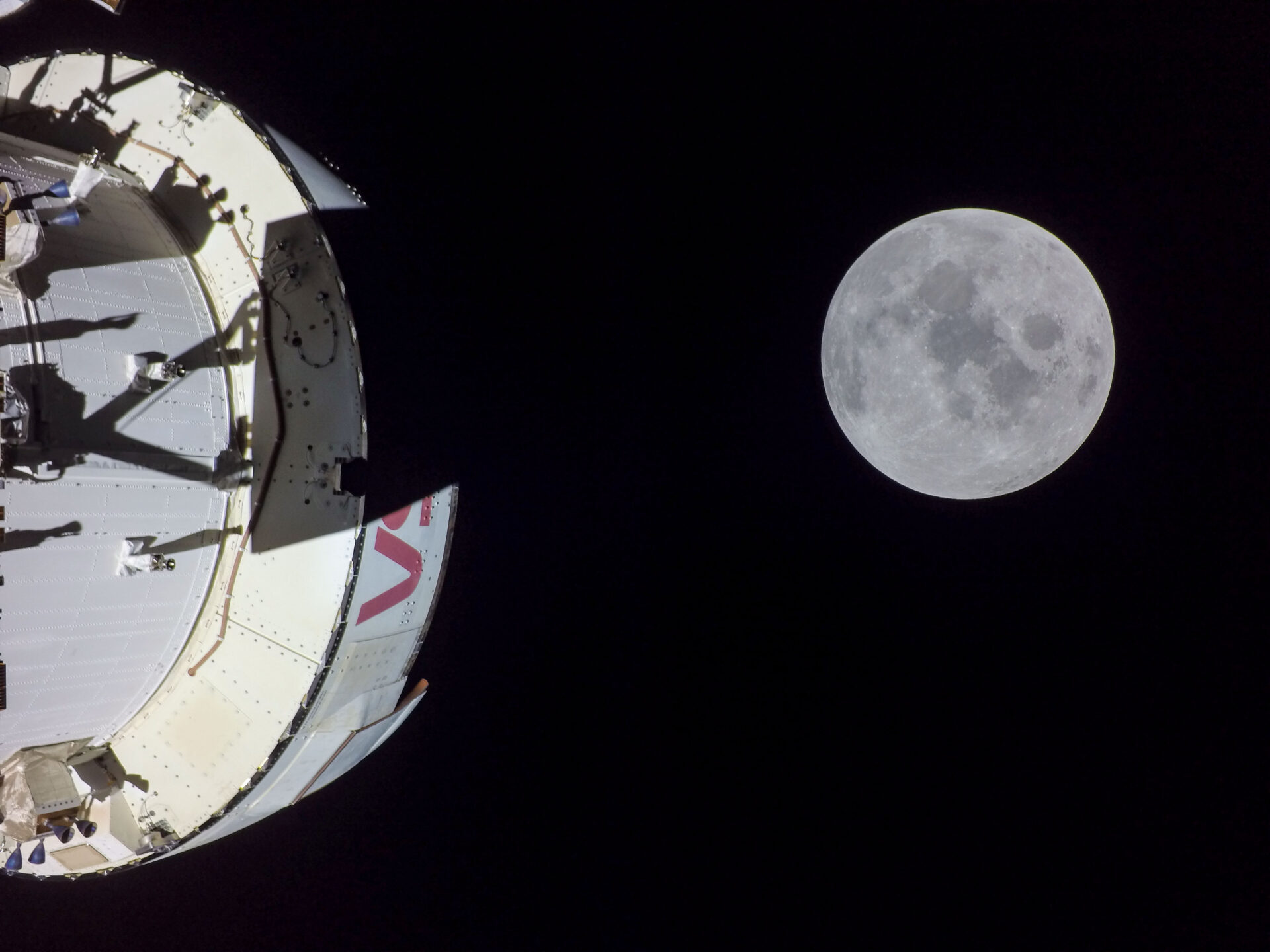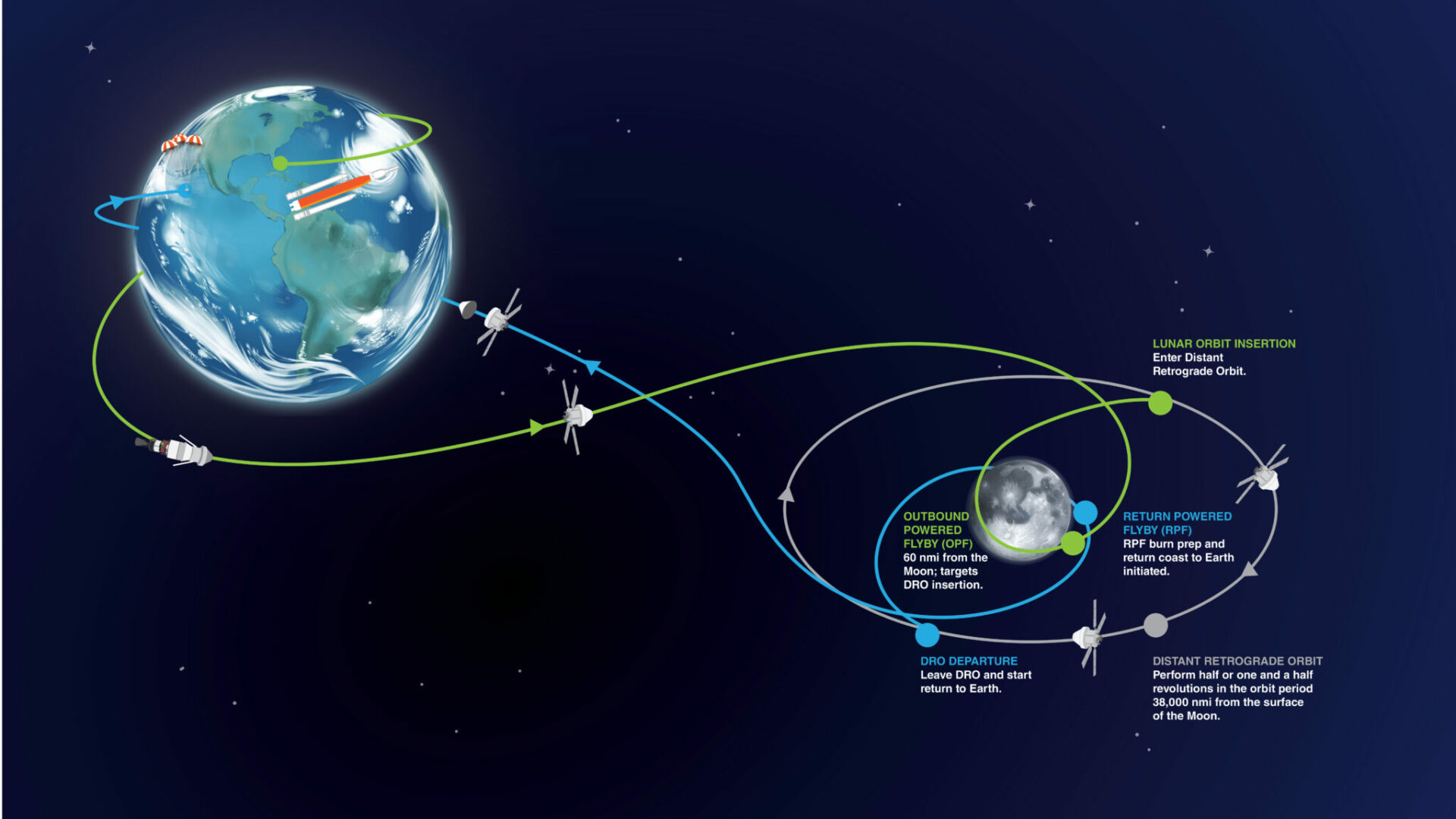On November 16 last year, NASA launched the first-ever lunar rocket of the new-generation Space Launch System (SLS) as part of the Artemis I mission. The rocket delivered the Orion capsule into space, which traveled all the way to the Moon and even further. The entire flight took place in automatic mode (without a crew) to test the onboard systems.

Ten days after launch, the unmanned Orion spacecraft broke the existing record of 400,171 km for the farthest distance from Earth achieved by the Apollo 13 crewed spacecraft in 1970. Just a few days after that, Orion set a new distance record for a spacecraft designed for manned flights, reaching a distance of 432,194 km. This week, the record turned exactly one year old.
The successful flight ended on December 11, when the ship landed in the Pacific Ocean, paving the way for the Artemis II mission to be held next year. Unlike Artemis I, it will have a crew of four astronauts. The route as a whole will repeat the first mission, but during it, Orion will approach the lunar surface at a distance of about 128 km. Then it will fly past the Moon and try to break the record of the most distant point from Earth.

Already during the Artemis III mission in 2025, NASA is going to land the first woman and the first African-American on the surface of the Moon — of course, if nothing hinders the plans of the aerospace agency.
It is also worth noting that during the next mission, Orion will not be able to land on the Moon. The Starship HLS spacecraft, created by SpaceX based on the design of the Starship spacecraft, will be responsible for this. The astronauts should meet it in lunar orbit and dock with the lander, which will then take them to the surface for a historic landing.
Earlier we reported on how long it took to fly to the Moon on a spacecraft.
According to digitaltrends.com
Follow us on Twitter to get the most interesting space news in time
https://twitter.com/ust_magazine


